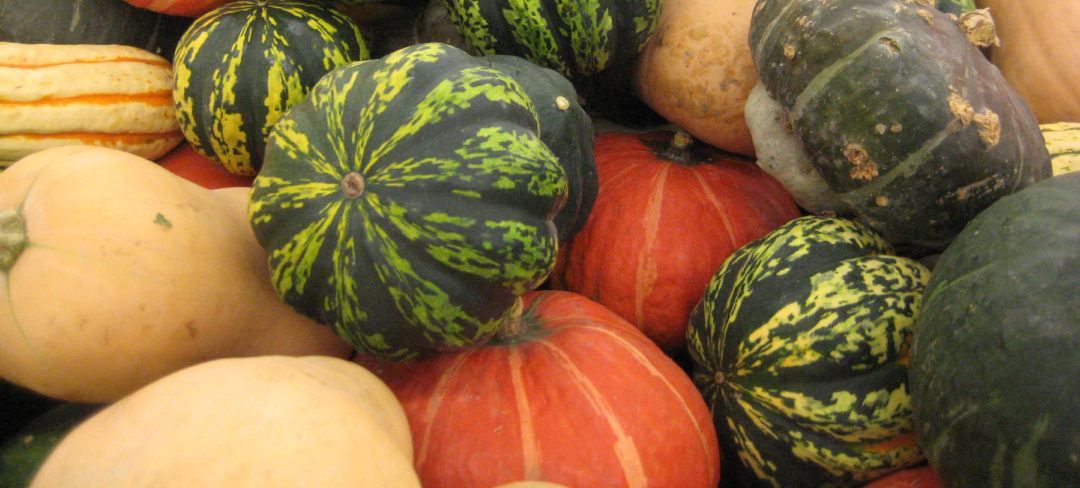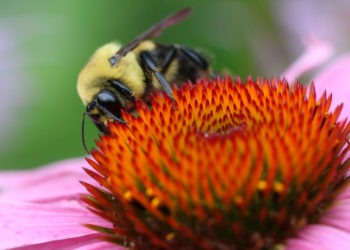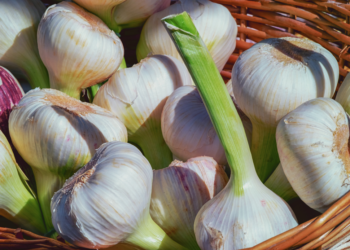Most of you are aware of the existence of both winter and summer squash, but we continue to get questions asking us what the major differences are. The questions range from how to grow to how to cook to how do you tell the difference? We will attempt to answer the most common questions here, and if you find that you have more questions after you’ve read this article, please feel free to Ask Our Master Gardener.
The most simple explanation of the main differences between summer and winter squash is that summer squash bears fruit best eaten when it is immature and the skin is tender. Winter squash takes longer to mature with the skin being more rigid and tough, making winter squash the ideal baking or stuffing squash. Winter squash, such as Hubbard, acorn or butternut requires a longer growing season, typically between 80 and 120 days, while summer squash, such as yellow crook neck, zucchini or patty pan requires one third to one half of that time.
The growing process is basically the same for winter or summer squash. Both winter and summer squash like warm soil, lots of sun and prefer loamy, well-drained soil that is rich in compost or fed with a fertilizer that is not too high in nitrogen. Nitrogen will encourage leaf growth, sending those vines scurrying near and far, instead of concentrating the energy on the fruiting process.
Gardeners in the most northern climes of the U.S. may not have a growing season long enough to grow winter squash to maturity; they must stay on the vine to ripen. If this is your situation, try starting with squash seedlings to cut down the days it takes for a harvest.
Summer squash must be eaten or processed fairly quickly, lending itself well to inclusion in breads or soups, as well as freezing, frying, sauteing and steaming. Winter squash, on the other hand, can often be stored for months in the right conditions and can also be pureed for soups, but is most often served baked, cubed or sauteed with fall spices such as cinnamon, cloves and nutmeg. The experts recommend storing winter squash in warm household temperatures for about 10 days and then moving to a cool, dim place, like a garage or basement, where the temperature ranges between 40 and 50 degrees. You can freeze winter squash once it is cooked, even if it is pureed, for use later in pies and soups.
We hope we’ve answered most of your questions. Watching squash grow is satisfying, the plants are amazingly vigorous and the resulting harvest is always colorful and incredibly delicious.
Happy Gardening!





No Comments